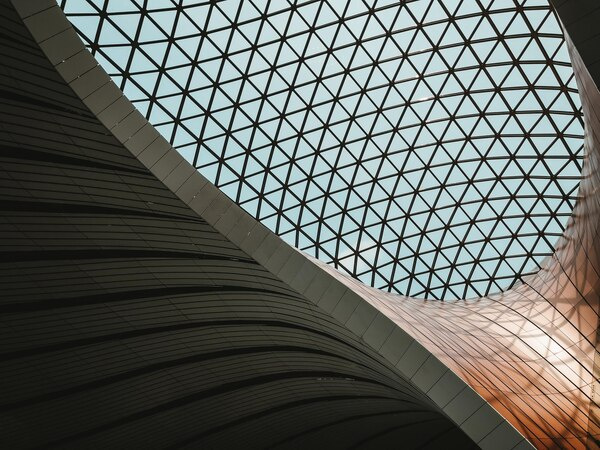The Evolution of Structural Design in England

The process of structural design in England has been a testament to human ingenuity, evolving significantly from rudimentary shelters to the sophisticated architecture marvels we see today. This evolution reflects broader changes in society, technology, and material availability, highlighting the dynamic interplay between functionality and aesthetics in England’s built environment.
Early Beginnings
The origins of structural design in England can be traced back to prehistoric times, with evidence of rudimentary shelters and early stone monuments such as Stonehenge. These structures were primarily functional, utilizing locally available materials like stone, wood, and animal hides. The design was simple, aiming to provide basic shelter and communal gathering spaces.
Medieval Mastery
The medieval period marked a leap in structural complexity, driven by religious and feudal societal structures. The design of castles and cathedrals became predominant, showcasing both defensive needs and religious devotion. Castles like the Tower of London were designed with thick walls and moats for protection, while Gothic cathedrals such as Salisbury Cathedral employed innovative techniques like flying buttresses to achieve soaring heights and vast spans. These advancements in structural design were possible due to improved understanding of weight distribution and masonry techniques.
The Renaissance Influence
The Renaissance period brought about a revival in classical ideas and architectural styles. English structural design began to incorporate symmetry, proportion, and geometry influenced by ancient Roman architecture. This era saw the emergence of stately homes and mansions, like Hardwick Hall, which combined the elegance and sophistication of Renaissance principles with the functional needs of the English climate. The use of brick became more widespread, allowing for more durable and fire-resistant structures.
The Industrial Revolution and Beyond
The Industrial Revolution was a pivotal era in structural design, introducing new materials and construction methods. Iron and steel began to replace traditional materials, allowing for unprecedented design possibilities. Structures like the Crystal Palace, designed by Joseph Paxton, were celebrated for their innovative use of iron and glass, embodying the spirit of industrial progress. This period also saw the rise of urbanization, necessitating the development of reliable infrastructure like bridges, railways, and factories, setting the stage for modern engineering practices.
20th Century and Modernism
The 20th century brought about radical changes in structural design, influenced by modernism's embrace of minimalism and function. Architects like Sir Norman Foster and Richard Rogers pushed the boundaries of form and material usage, with iconic structures such as the Willis Building and the Lloyd’s Building exemplifying the high-tech architecture movement. The use of concrete, steel, and glass became symbols of modernity, reflecting changes in technology and societal values towards openness and transparency.
Contemporary Structural Design
Today, structural design in England is characterized by a blend of historic preservation and cutting-edge innovation. The focus is increasingly on sustainability, with architects and engineers seeking to minimize environmental impact. Structures like The Shard or the Eden Project showcase an integration of modern design with eco-friendly practices, utilizing renewable energy and sustainable materials. Furthermore, digital technology and computational design have revolutionized the planning and execution phases, allowing for complex geometries and efficient workflows that were previously unimaginable.
Conclusion
The evolution of structural design in England is a narrative of adaptation and ingenuity. From ancient stone circles to futuristic skyscrapers, each era of design reflects the technological, cultural, and economic contexts of its time. As England continues to navigate the challenges and opportunities of the 21st century, its structural design remains a testament to human ambition and creativity, continually redefining the built environment.